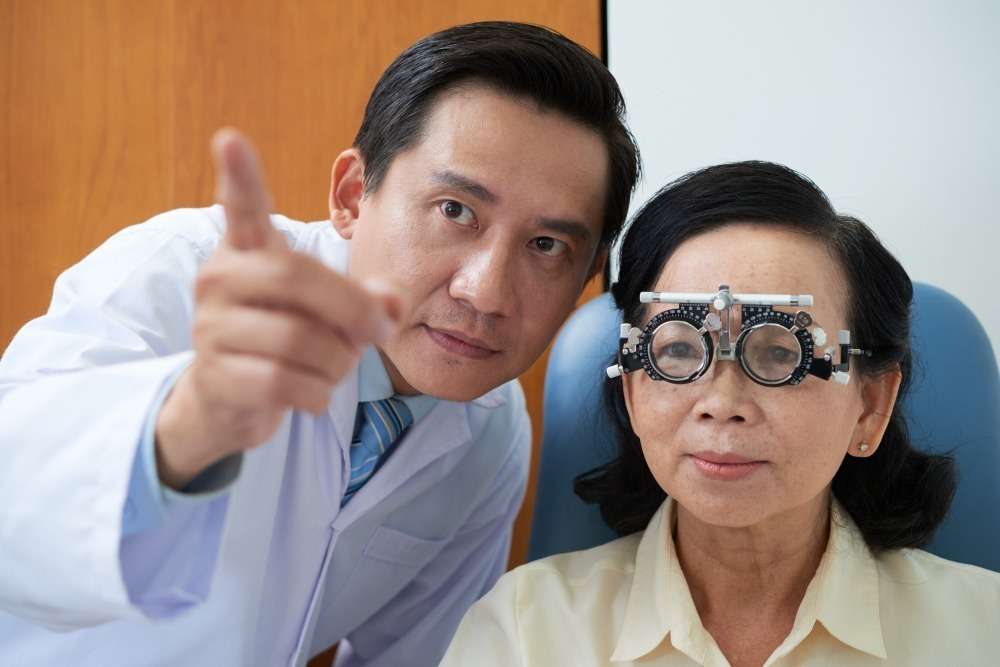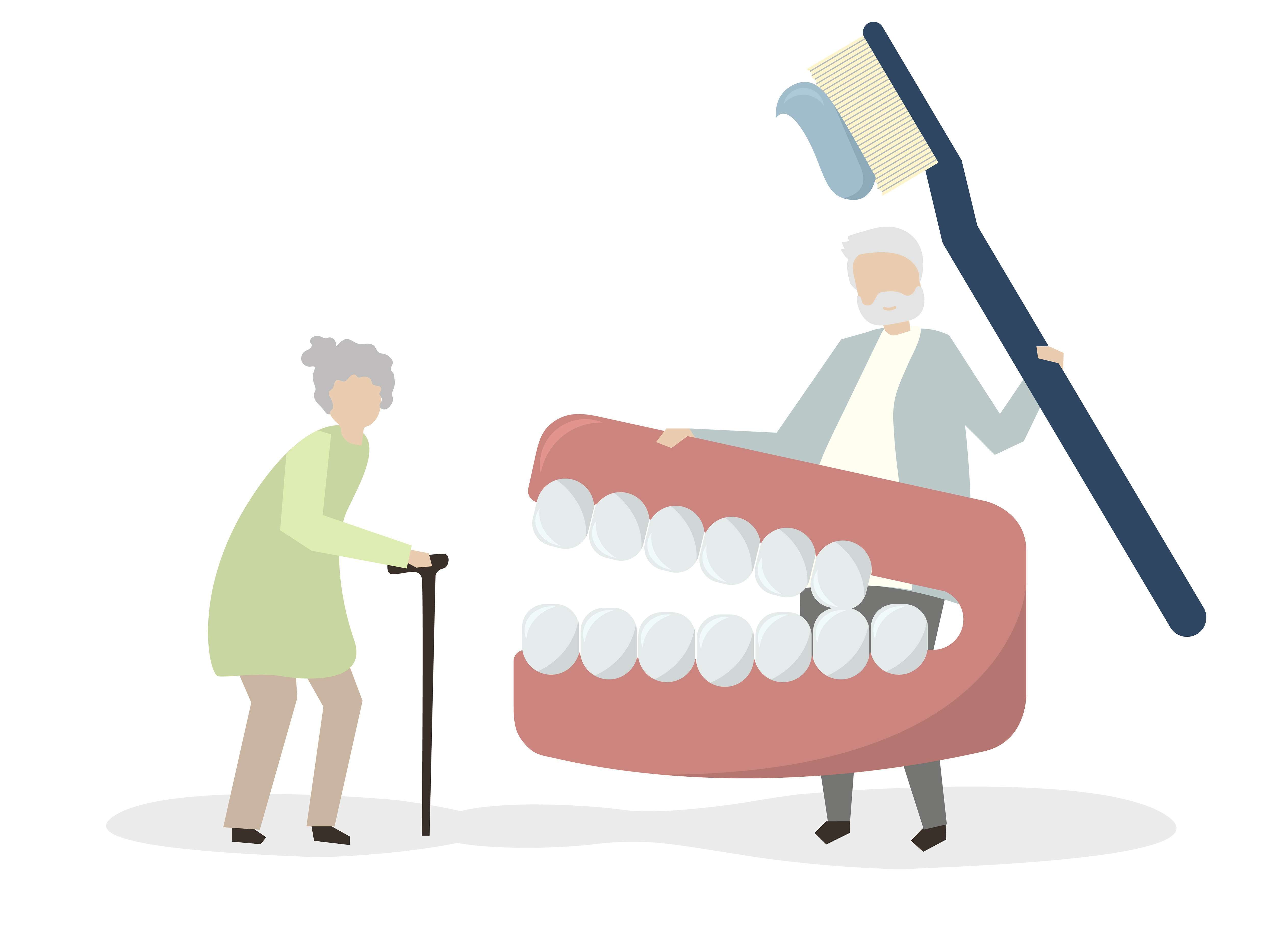The healthcare industry has consistently integrated technological progress, evolving from basic instruments like the stethoscope to sophisticated MRI machines, each step improving patient care and outcomes. Currently, artificial intelligence (AI) spearheads a groundbreaking revolution, reshaping healthcare in extraordinary ways. This article delves into the journey from conventional tools to state-of-the-art AI solutions and their profound impact on healthcare.

Early Innovations: Tools and Machines
The Stethoscope and Its Impact
René Laennec’s invention of the stethoscope in 1816 significantly enhanced physicians’ ability to diagnose and monitor patients. This straightforward tool enabled non-invasive listening to the body’s internal sounds, offering vital insights into heart and lung function.
Imaging Technologies: X-Rays to MRIs
Wilhelm Conrad Roentgen’s development of X-ray technology in 1895 initiated the era of medical imaging. This was succeeded by the mid-20th century inventions of computed tomography (CT) and magnetic resonance imaging (MRI). These breakthroughs provided detailed visualization of the body’s internal structures, significantly improving diagnostic capabilities.
The Rise of Surgical Instruments
Progress in surgical tools, ranging from scalpels to laparoscopic instruments, has made surgeries less invasive and more precise. These advancements have shortened recovery times and enhanced surgical outcomes, enabling more intricate and successful procedures.
The Advent of Digital Health
Electronic Health Records (EHRs)
The shift from paper to electronic health records (EHRs) represents a major milestone. EHRs have enhanced the accessibility and organization of patient data, facilitating better care coordination and reducing medical errors.
Telemedicine
Telemedicine has broadened access to healthcare, particularly benefiting patients in remote or underserved regions. By utilizing digital communication technologies, patients can consult with healthcare providers without physical visits, enhancing convenience and efficiency.
The AI Revolution in Healthcare
AI in Diagnostics
AI algorithms now possess the ability to analyze medical images with exceptional accuracy. For example, AI can identify anomalies in X-rays, MRIs, and CT scans more quickly and often more accurately than human radiologists. This capability improves early diagnosis and treatment, especially critical in conditions like cancer where early detection is essential.
Personalized Medicine
AI-driven data analysis facilitates personalized medicine by examining a patient’s genetic information, lifestyle, and environmental factors. This approach allows for customized treatment plans that are more effective and have fewer side effects compared to traditional one-size-fits-all treatments.
The Future of AI in Healthcare
The future of healthcare depends on the ongoing integration of AI solutions. Innovations such as AI-powered wearable devices for continuous health monitoring, advanced predictive analytics for population health management, and AI-driven drug discovery are just the beginning. As AI technology advances, its potential to revolutionize healthcare and enhance patient outcomes is limitless.
Conclusion
The evolution of healthcare technology, from the early days of simple tools and machines to today’s advanced AI solutions, has been extraordinary. AI stands at the forefront of this revolution, offering unprecedented capabilities in diagnostics, personalized medicine, predictive analytics, and surgical precision. As we address the challenges and ethical considerations, the future of healthcare promises to be more efficient, effective, and patient-centered than ever before.





